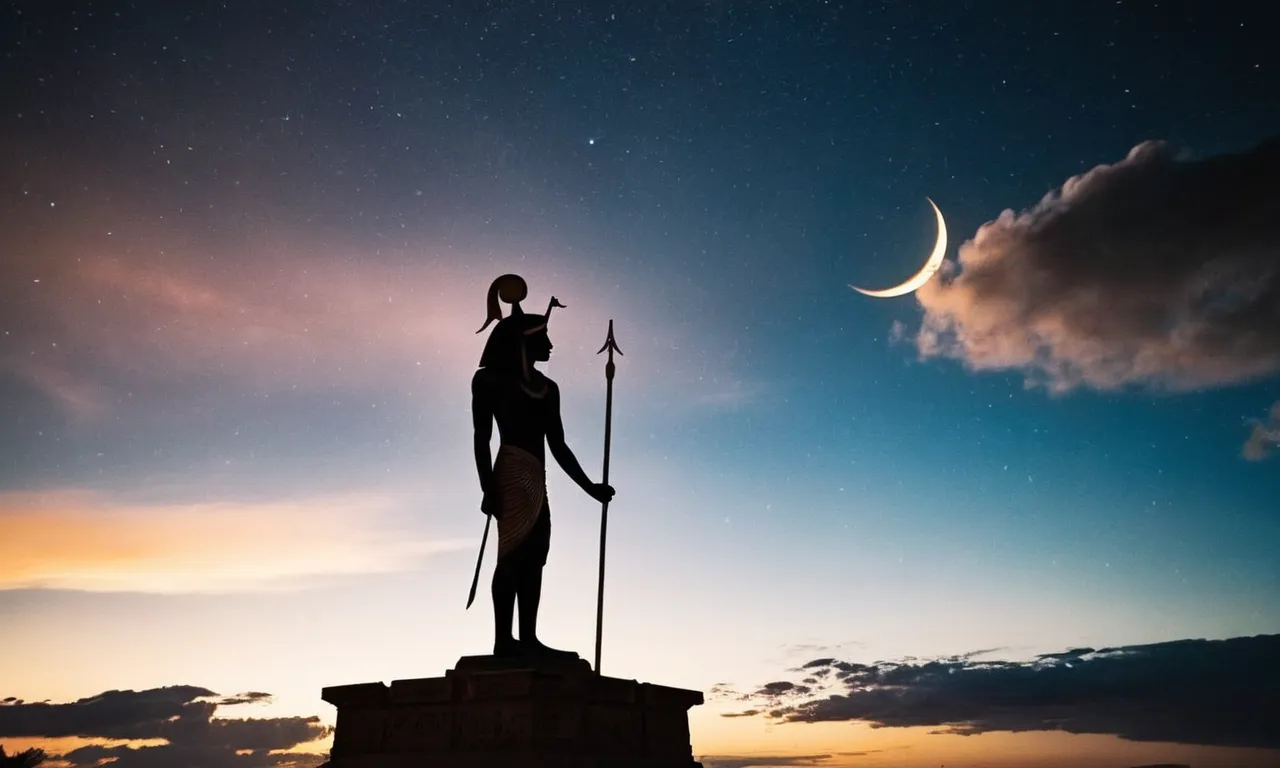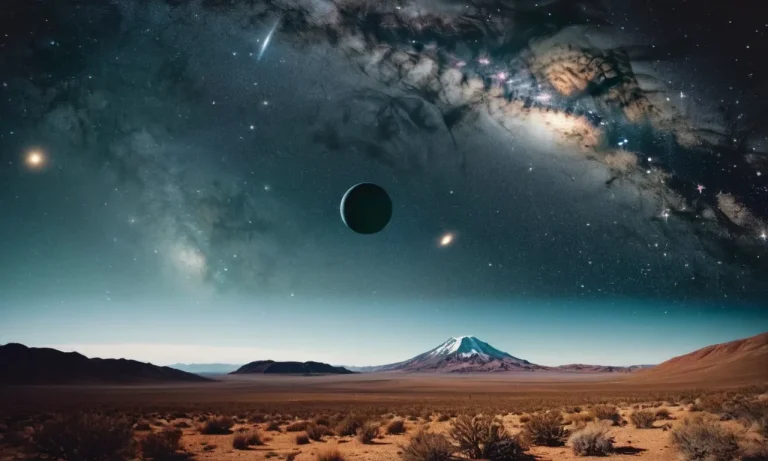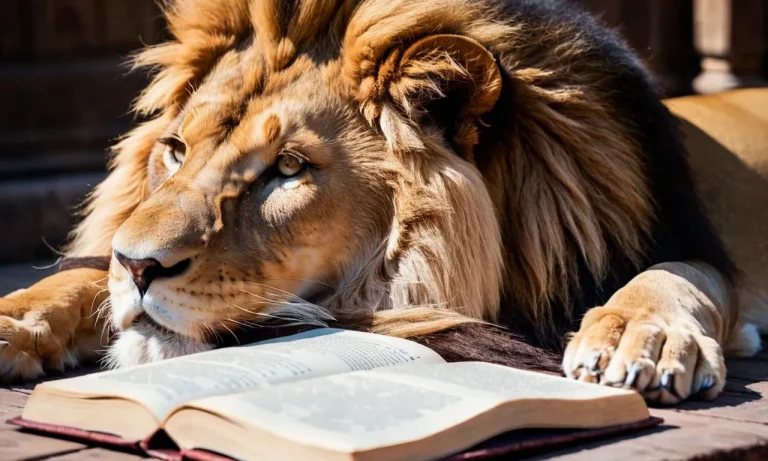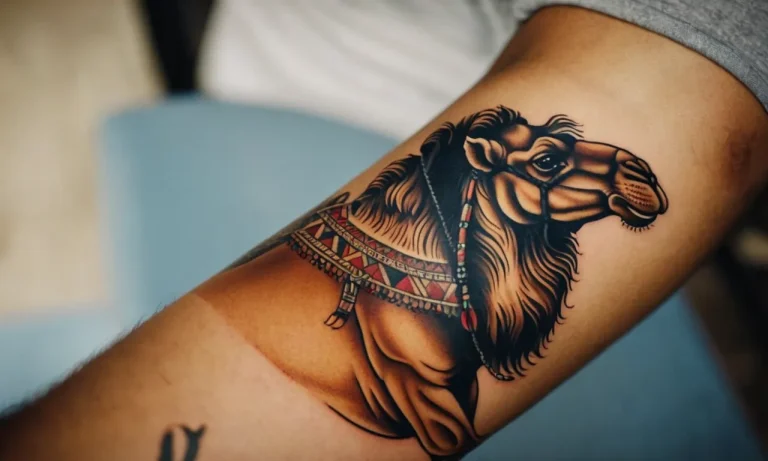Who Is The Egyptian God Of The Moon?
The moon has captivated humans since the beginning of time with its ever-changing cycles that impact the tides and mark the passage of time. Ancient civilizations like the Egyptians even worshipped moon gods and goddesses.
If you’re short on time, here’s a quick answer: The most prominent Egyptian moon god was Thoth, the god of wisdom, magic, and the moon.
In this comprehensive guide, we will explore the history and myths behind the Egyptian gods and goddesses associated with the moon. We’ll learn about their powers, symbols, and roles in ancient Egyptian religion and culture.
With over 3,000 words, this article provides an in-depth look at lunar deities like Thoth, Khonsu, Isis, and more.
Thoth – God of the Moon and Wisdom
Origins and Family
Thoth was one of the most important and powerful gods of ancient Egypt. He was thought to be self-created at the beginning of time and his birth was believed to have marked the start of the ordered cosmos. Thoth’s wife was Ma’at, the goddess of truth, harmony and balance.
They did not have any children of their own.
Depictions and Symbols
Thoth is depicted in Egyptian art as a man with the head of an ibis bird. The long curved beak of the ibis resembles the crescent moon, linking Thoth to lunar powers. Other common depictions include Thoth being seated with a reed pen and scroll or writing palette, reflecting his roles as scribe and recorder.
Important symbols include the crescent moon, writing stylus and papyrus scrolls.
Roles and Responsibilities
As a lunar deity, Thoth governed over the cycles of the moon. In particular, he was seen as controlling the lunar cycle and thus the passage of time. Thoth served as a mediator between conflicting gods and was the recorder and adjudicator at the judging of the dead.
Thoth was also the patron god of wisdom, writing, magic and science and was credited with inventing hieroglyphic writing. He was described as the “lord of divine words” and “scribe of the gods”.
Some of Thoth’s key duties and areas of responsibility include:
- Keeping records and overseeing records of events and actions in the mortal world
- Settling disputes between the gods, including mediating the battle between Horus and Set
- Devising magic spells and rituals for use by humans
- Inventing written language and developing the arts of reading and writing
- Promoting the sciences, including mathematics, astronomy and surveying
Thoth was a vital god who assisted other Egyptian gods such as Osiris and Ra with essential tasks. His knowledge and wisdom were seen as crucial in maintaining order and balance, both for humans and gods.
Khonsu – God of the Moon and Time
Family Connections
Khonsu was an ancient Egyptian god who embodied the moon and time. He was the son of Amun, the hidden god and supreme creator deity, and Mut, the mother goddess. As such, he was part of the Theban triad along with his parents.
Khonsu’s siblings included Khonsu’s sister Bastet, the cat-headed goddess, and brother Nefertem, the god of perfume and healing. Though Khonsu was a minor god, he held an important role in Egyptian mythology as the provider of light in the night sky.
Appearance and Iconography
Khonsu was typically depicted as a young man with a sidelock hairstyle and headgear featuring a crescent moon. He was sometimes shown completely mummified like a corpse. Other representations gave him the head of a falcon, relating him to Horus, the falcon-headed god of kingship.
Khonsu’s sacred animal was the baboon. Images and amulets of baboons were buried with the dead to ensure the journey of the deceased through the underworld. Khonsu was closely connected to Thoth, the god of wisdom, writing, and the moon. Both gods were record keepers of time.
Areas of Influence
As the god of the moon, Khonsu was responsible for providing light in the night sky. The phases of the moon marked the passage of time, so Khonsu reigned over time as well. His role overseeing time connected him to medicine and healing, as keeping track of time allowed ancient Egyptians to understand illness and create medical treatments.
Khonsu also protected people on dangerous night journeys. The Egyptians believed Khonsu’s powers were greatest when the moon was full. Khonsu was called upon in various magical spells and rituals. His name meant “the traveler” referring to the moon’s nightly journey across the sky.
Khonsu’s reputation as a healer spread beyond Egypt – excavations have uncovered thousands of amulets with his name at sites across the ancient Mediterranean world.
References:
https://www.britannica.com/topic/Khonsu
https://www.ancient.eu/Khonsu/
Other Egyptian Moon Gods and Goddesses
Bastet
Bastet was an ancient Egyptian goddess who was depicted as having the head of a cat. She was associated with protection, joy, dance, music, and the moon. Her name means “She of the Ointment Jar,” linking her to the solar eye and suggesting her role as a lunar deity.
As a moon goddess, Bastet was believed to be all-seeing, watching over the night. Her lunar connections associated her with intuition, magic, fertility and rebirth. Her cult center was in the city Per-Bast (Bubastis) where her great temple still stands today.
Sphinx statues of Bastet line the processional way depicting her as a woman with a cat head holding an ankh representing life.
Hathor
Hathor was a prominent goddess in ancient Egyptian religion who embodied the principles of love, motherhood, joy, music and dance. She was strongly associated with the night sky and welcomed the dead into the next life. As a sky goddess, Hathor has deep connections to the cycles of the moon.
She governed foreign lands and minerals, which were said to be illuminated at night by the moon’s light. Hathor’s links to fertility and protection also derive from the moon’s cyclic renewal. She was believed to become the mother of each pharaoh, passing through them the divine power to rule.
Her temples had sanatoriums and served as healing centers under her epithet “Lady of Life.”
Isis
Isis was one of the most prominent goddesses of ancient Egypt. She was a magical goddess associated with healing, protection and motherhood. Although not directly labeled a “moon goddess,” Isis is strongly linked symbolically to the phases and power of the moon.
Isis’ headdress features a lunar disk between cow horns. She was said to have power over fate, time and the flooding of the Nile, connecting her to the moon’s influence on tides and agriculture. As goddess of magic, Isis had power over cycles of regeneration reflected in the moon’s waxing and waning light.
Her ability to resurrect her brother-husband Osiris associates Isis with the lunar cycle of death and rebirth.
Iah
Iah (or Yah) was an ancient Egyptian moon god particularly prominent during the Old Kingdom period (2575 – 2130 BC). As lunar deity, his attributes and iconography are directly related to the cycles of the moon. Iah was depicted as a man wearing a crescent moon crown or as a moon disk hovering over a crescent moon.
Iah’s name simply means “moon.” He was considered the god involved in creating the cycles of time, overseeing the months and establishing fixed festival dates. As measurer of time and regulator of events, Iah was linked to the Thoth, the god who kept the universe in balance. He was also associated with Khonsu, another Egyptian moon god who represented healing.
Conclusion
The moon held an important place in ancient Egyptian religion and was associated with gods and goddesses of wisdom, time, fertility and more. Key lunar deities included the wise Thoth, the time-keeping Khonsu, the motherly Isis and Bastet, and the mysterious Iah.
The ancient Egyptians saw the moon and its phases as further proof of the gods’ divine powers.
By exploring the myths and iconography of Egypt’s lunar deities, we gain insight into an ancient civilization’s cosmology and worldview in which celestial bodies were revered as all-powerful gods. Even today the moon continues to inspire awe and fascination worldwide.








